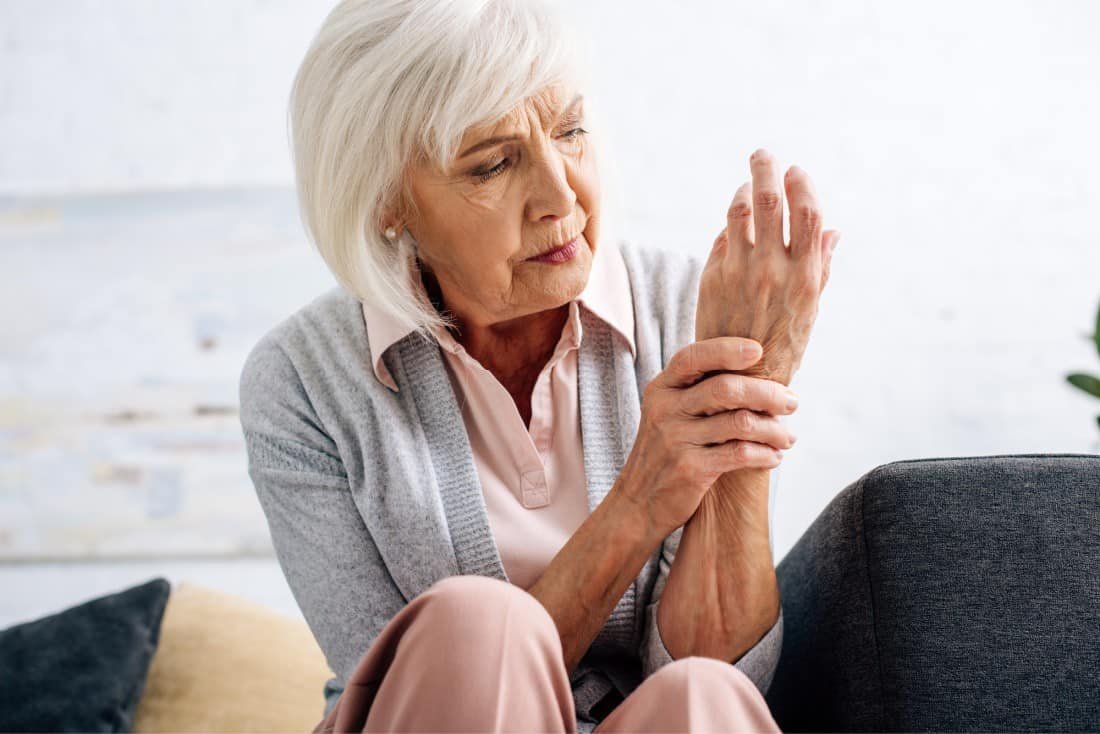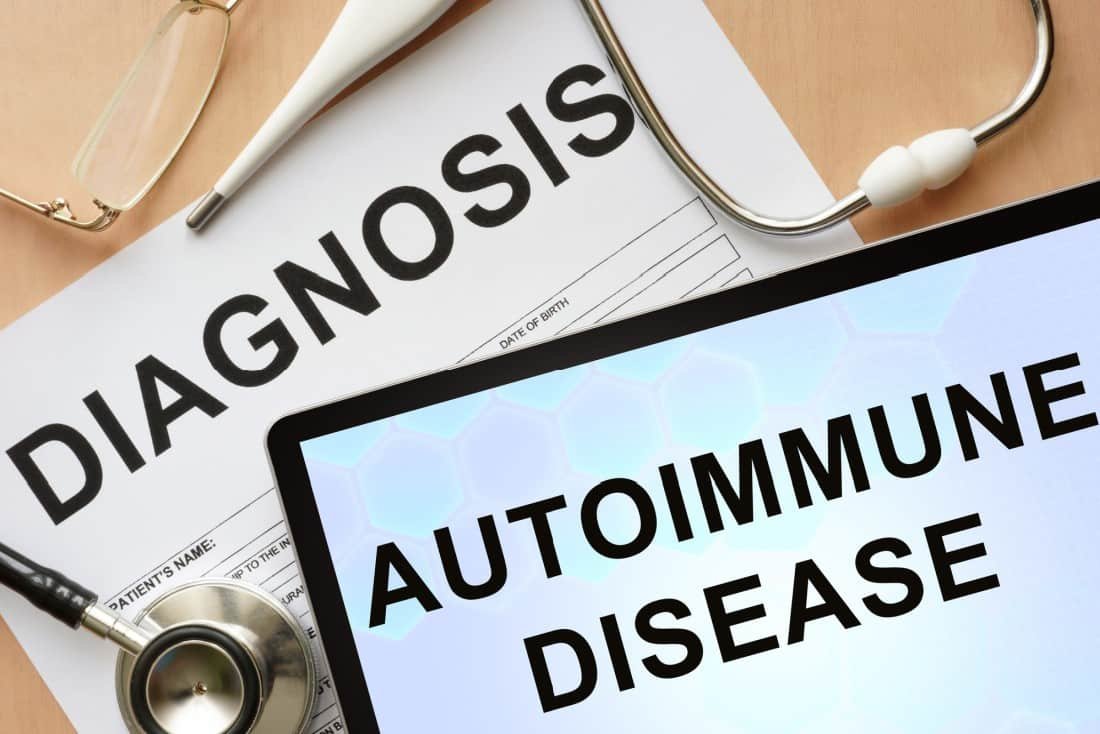What Is Rheumatoid Arthritis
Rheumatoid arthritis (RA) is an autoimmune and inflammatory disease in which your immune system mistakenly assaults healthy cells in your body, resulting in inflammation (painful swelling) in the affected areas.
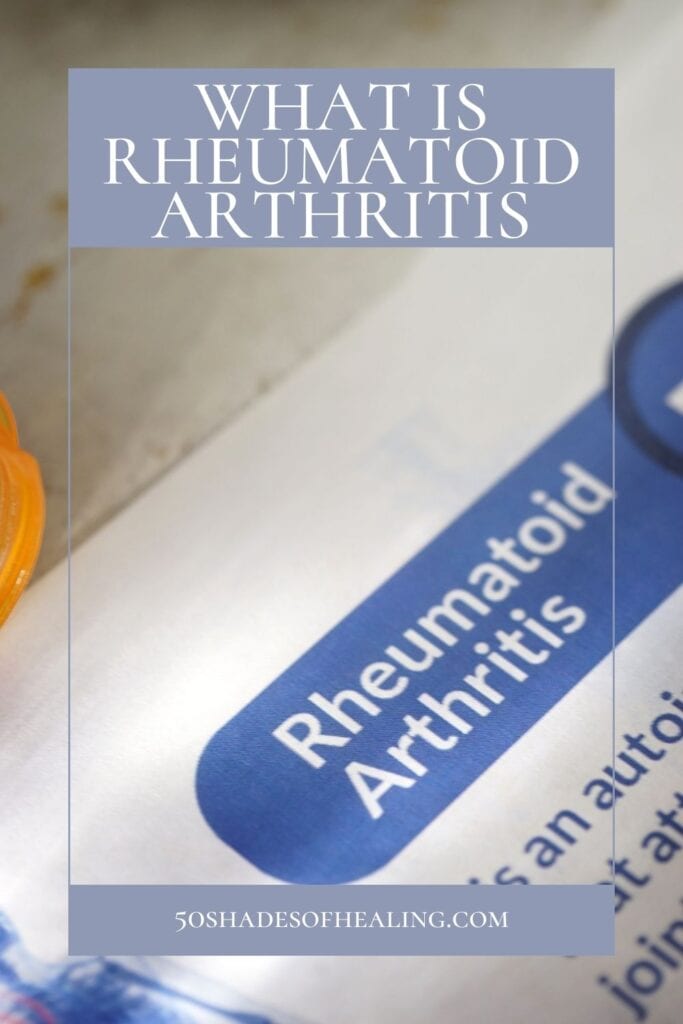
RA primarily affects the joints, which are frequently attacked at the same time. The hands, wrists, and knees are the most common joints affected by RA.
The lining of a joint affected by RA becomes inflammatory, causing joint tissue destruction. Long-term or chronic pain, unsteadiness (loss of balance), and deformity can all result from tissue injury (misshapenness).
RA can also affect other tissues in the body, including the lungs, heart, and eyes, causing complications.
What are Usually the First Signs of Rheumatoid Arthritis?
The early-stage symptoms of rheumatoid arthritis can be difficult to identify, but there are some telltale signs that you’re dealing with this condition.
Some common ones include:
- You have tenderness and pain in certain areas of your body
- a noticeable increase in fatigue
- You might notice some weaknesses in your body that were never there before.
- feeling unwell
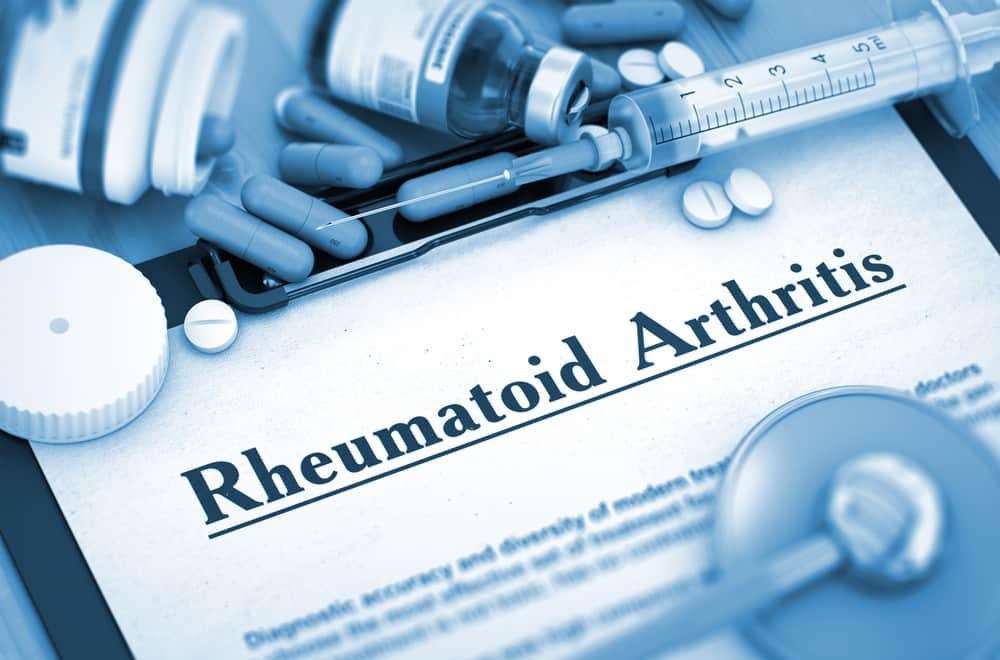
Which joints are most affected by Rheumatoid Arthritis?
The joints most often affected by RA are in the hands, wrists, feet, ankles, knees, shoulders, and elbows. Symptoms may include joint pain, stiffness, and swelling; decreased and painful movement; bumps over small joints; and fatigue or fever.
How is Rheumatoid Arthritis Diagnosed
Getting a correct diagnosis is important for treating RA. A doctor with specialized training in arthritis (called “rheumatology“) can be the best person to make this type of medical examination, using your personal history and physical exam as well lab tests if needed!
Medical History
The doctor will ask about your symptoms (pain, tenderness, and stiffness) when they started? How severe is this problem for you to date? Have other family members been diagnosed with rheumatoid arthritis or another autoimmune disease?
Physical examination
The doctor will look for painful or limited movement, warmth under the skin, and swelling of joints.
Blood Tests
The blood tests look for inflammation and certain proteins (antibodies) that are linked to rheumatoid arthritis.
Erythrocyte sedimentation rate (ESR, or “sed rate”) and C-reactive protein (CRP) levels are markers for inflammation.
A high ESR or CRP combined with other clues to RA helps make the diagnosis.
Rheumatoid factor (RF) is an antibody found in about 80 percent of people with RA.
Antibodies to the cyclic citrullinated peptide (CCP) are found in 60 to 70 percent of people with RA. However, they are also found in people without RA.
Imaging Tests
Joints can become damaged due to rheumatoid arthritis (RA). An X-ray, ultrasound, or MRI scan might show if there are any erosions in these joints which will result from the constant rubbing between bones caused by this disease.
If no signs appear on initial tests then one should suspect early-stage damage.

Does Rheumatoid Arthritis Affect Your Eyes?
Rheumatoid arthritis is a highly debilitating and complicated chronic inflammatory disease that can affect many parts of your body, including the eyes.
Dryness, in particular, has been reported as one common eye-related symptom for those living with RA.
What does RA look like and how does it make you feel?
Your hands and feet may be the most noticeable signs of RA, especially as the disease advances and especially if you don’t have a treatment plan in place.
Fingers, wrists, knees, ankles, and toes commonly swell. A person with RA may have difficulty walking because of ligament damage and swelling in the feet.
If you don’t get therapy for RA, your hands and feet may develop serious abnormalities.
A curled, claw-like appearance can be caused by deformities of the hands and fingers.
Your toes can also take on a claw-like appearance, curving upward at times and curling under the ball of your foot at other times.
On your feet, you may see ulcers, nodules, bunions, and calluses.
Rheumatoid nodules are lumps that can form anywhere on your body where joints are inflamed. They come in a variety of sizes, from extremely little to the size of a walnut or greater, and can be found in clusters.
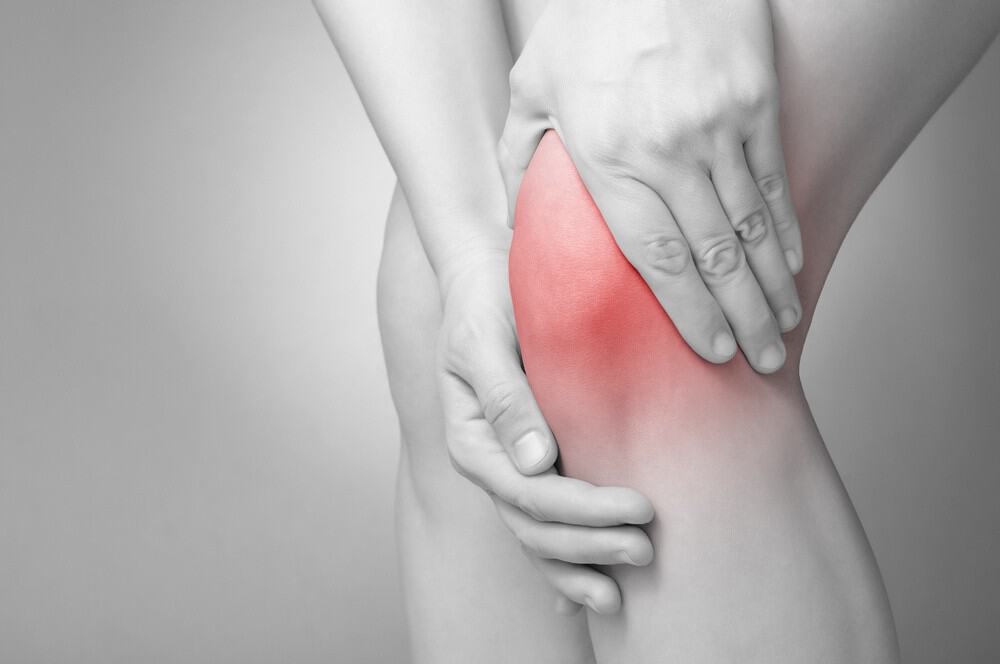
Subscribe to My Email! Self-care is so important, but it can be hard to know where to start. That’s why I created a self-care journal, to help you make small, everyday changes that will have a big impact on your life. And when you subscribe to my email list, you’ll get the journal for free! Plus, you’ll receive great emails packed with wonderful information and free printables. You won’t want to miss out on this valuable content. Click this button and sign up now!
What are the Symptoms of Rheumatoid Arthritis
RA is a long-term condition that causes inflammation and pain in the joints.
During flares or exacerbations, these symptoms and indications become more prominent.
Periods of remission, on the other hand, are when symptoms may entirely cease.
RA symptoms most typically affect the hands, wrists, and knees, but it can also affect other tissues and organs in the body, including the lungs, heart, and eyes.
The following are some of the most common signs and symptoms of RA in the wrists, hands, and feet:
- more than one joint hurts or aches
- stiffness that lasts longer than 30 minutes in more than one joint
- more than one joint is swollen
- involvement of symmetrical joints
- an overall sensation of unwellness
- fever of a mild intensity
- loss of appetite
- slimming down
- weakness
- malformation of the joints
- loss of mobility and function
- shakiness while walking
What Does RA Pain Feel Like?
Joint pain is one of the most common symptoms for people with rheumatoid arthritis. The joints may feel intense pressure or burning sensation, and some even describe it as sharp shooting pains.
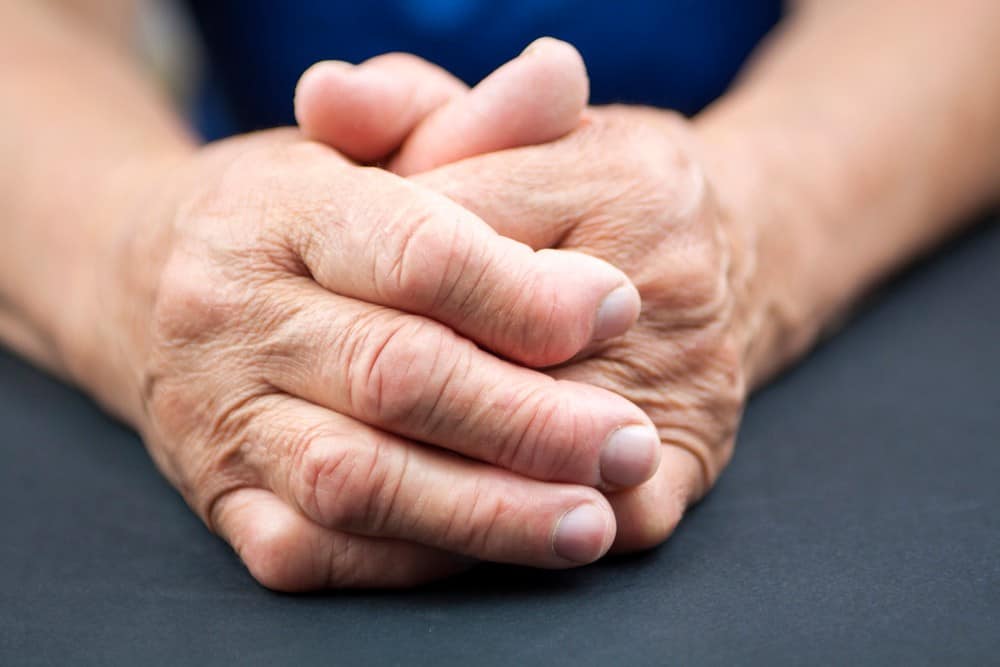
What are the side effects of RA?
Rheumatoid arthritis (RA) involves a variety of physical and social repercussions, as well as the potential to reduce the quality of life.
It can result in discomfort, incapacity, and even death.
- Heart illness that develops too soon. People who have RA are more likely to develop other chronic diseases like heart disease and diabetes. Treatment for RA also focuses on lowering heart disease risk factors in order to prevent persons with RA from acquiring heart disease. Doctors may encourage RA patients to quit smoking and lose weight, for example.
- Obesity. Obese people with RA are more likely to develop heart disease risk factors such as high blood pressure and high cholesterol. Obesity also raises the risk of getting chronic diseases like heart disease and diabetes. Finally, obese patients with RA have fewer benefits from their medical treatment than those with RA who are not obese.
- Employment. Work can be tough for those with RA. Adults with RA are less likely to work than those without the disease. As the disease progresses, many people with RA discover that they are unable to do as much as they once could. People with RA who work in physically demanding jobs are more likely to lose their jobs. Those who work in employment with limited physical demands or in jobs where they have control over the workplace pace and activities are less likely to lose their jobs.
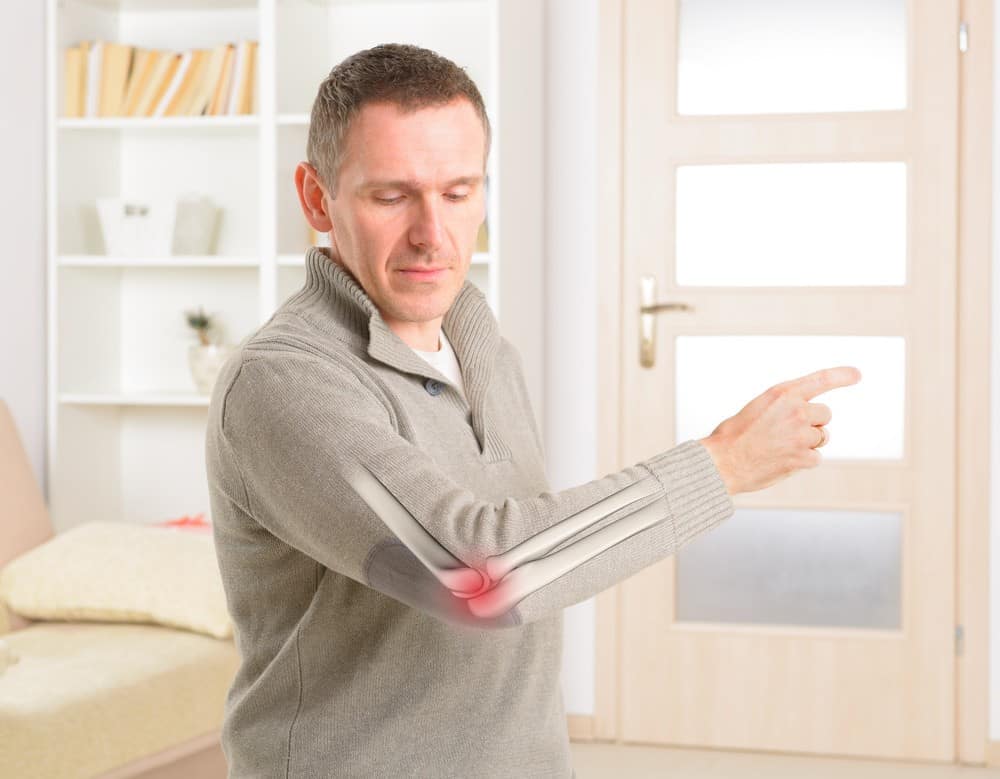
Treatment for Rheumatoid Arthritis
Medication(s) and self-management measures can effectively treat and manage RA.
Disease-modifying antirheumatic medicines (DMARDs) are commonly used to treat RA, while biological response modifiers (biologicals) are medications that are an effective second-line treatment.
People with RA can manage their condition with self-management measures that have been shown to lessen pain and impairment, allowing them to pursue the activities that are essential to them.
Learning to adopt five basic and effective arthritis treatment practices can help people with RA alleviate pain and improve joint function.
Rheumatoid arthritis home treatments
When living with RA, certain home remedies and lifestyle changes may assist to enhance your quality of life.
This involves physical activity, rest, and the use of assistive technology.
- Exercise
Low-impact workouts can help you develop your mobility and range of motion in your joints.
Exercise can also help to strengthen muscles, which can aid to ease joint discomfort.
Gentle yoga, which can help you rebuild strength and flexibility, is another option.
- Get plenty of rest.
During flare-ups, you may require more rest, while in remission, you may require less.
Getting enough sleep will aid in the reduction of inflammation, pain, and weariness.
- Apply heat or cold as needed.
Cold compresses or ice packs might assist to relieve inflammation and pain.
They may also be useful in the treatment of muscle spasms.
Warm showers and hot compresses can be alternated with cold treatments.
This may aid in the reduction of stiffness.
- Consider using assistive technology.
Splints and braces, for example, help keep your joints in a resting posture.
This may assist to reduce inflammation, but it’s vital to avoid “frozen joints” by taking breaks from using them (contractors).
Even during flares, canes and crutches can help you maintain mobility. In bathrooms and along stairwells, you can also add domestic equipment such as grab bars and handrails.

Is it possible to get rid of rheumatoid arthritis?
Rheumatoid arthritis does not go away on its own. You’ll have this ailment for the rest of your life.
However, there may be times when you aren’t aware of any symptoms.
These periods of improved health (remission) can come and go.
However, the damage that RA does to your joints is permanent.
If you don’t get RA treatment, the condition can destroy your cartilage and, eventually, your joints if you don’t see a doctor.
RA can also cause damage to organs such as the lungs and heart.
What are the 4 stages of Rheumatoid Arthritis?
Rheumatoid arthritis can affect people in different ways.
The severity of the condition varies from mild to severe, with symptoms that range anywhere between those two ends of the spectrum and everything else in-between.
The condition of rheumatoid arthritis can progress through different stages, depending on effective treatment.
We all experience different symptoms and changes in our bodies throughout the course of rheumatoid arthritis.
Some people may notice a certain symptom more than others, but no matter what phase you’re going through with this condition it is important that your treatment plan includes goals for both visible and non-visible problems alike!

Stage 1
The joint is inflamed during stage 1 of rheumatoid arthritis. There’s no damage to the bones, but there’s inflammation inside it and swelling around all sides of your synovium (the tissue which lines our joints).
Stage 2
The inflammation of the synovium in stage 2 moderate-stage RA causes damage to joint cartilage, which can result in pain and loss of mobility. The range of motion at joints may become limited as well.
Stage 3
When RA progresses to the third stage, it has been classified as being severe. At this point in time not only does damage extend from cartilage but also onto bones themselves because they are rubbing against each other with no cushion left between them which can lead to pain and swelling up top while weakness/ mobility loss occurs gradually over an extended period of time until finally resulting into deformities if left untreated.
Stage 4
Joints are no longer inflamed at stage 4, which is end-stage RA. People may still experience pain and swelling in their joints as well as stiffness or limitations to the movement.
There can also be reduced muscle strength; however, the bones will fuse together with ankylosis over time until there’s nothing left but scar tissue where once had been Cartilage
Can you live with RA without medication?
Without proper treatment, RA can cause long-term damage to joints and serious damage to your whole body, along with persistent pain and disability.
With proper treatment, you can prevent long-term damage to joints and serious complications.
What Happens if you Leave RA Untreated?
Joint damage in 80% to 85% of patients occurs during the first 2 years. Mortality rates are increased when treatment is not sought out and managed properly, so it’s important that you get checked for this condition soon!

Note:
If you have rheumatoid arthritis, you may feel as if you’re on a never-ending cycle of pain and exhaustion.
It’s critical that you tell your healthcare professional about your feelings and symptoms.
What you say about your quality of life, in addition to X-rays and blood tests, will assist guide your treatment.
Your healthcare professional will evaluate your symptoms and make a therapy recommendation based on your specific needs.
Most people can manage their rheumatoid arthritis and continue to do the things they enjoy.

